Digital 3D animation technology helps architects and developers present their projects and promote services in the best way possible. Which brings them more clients, financial profit, and a reputation of high-class professionals.
Considering such benefits, it’s no surprise that more and more experts in the field start to make use of 3D computer graphics for business purposes. However, those who have never utilized CGI before are sometimes hesitant about giving it a try. They might think that the creation of a photoreal architecture video is excessively complicated. Indeed, what would it take to visualize a building that doesn’t exist yet with a great level of detail, in photorealistic quality and motion? Isn’t it easier to wait for the project completion to take professional photos of it instead of ordering a digital 3D animation?
To address these worries, we decided to lay the whole process out. After reading the article below, architecture specialists will understand the stages of creating 3D animations clearly. They will know how everything works from the point of view of 3D artists and other staff of a CGI studio. We hope that it will dispel doubts and help become completely sure about the decision to take advantage of 3D animation services. Follow us to see the backstage of CGI visualization!
To create a CG video, 3D artists need to know its technical specifications. Project managers need this information too — it will help them estimate the time needed to complete a project as well as its price. To provide the 3D visualization studio with all the details about a future CG video, the architecture company has to submit a brief. It is a document describing the requirements for digital animation. So, what exactly does it consist of?
A brief has to include drawings of the building and information on its surroundings in the first place. The architect should also specify the required length of footage. Also, it’s important to clarify for what purposes a 3D digital animation will be used. For example, it can be for an advertising campaign, architectural presentation, or tender submission. Then, the architect has to clarify the type of CG video: exterior, interior, or mixed. It is also vital to provide the requirements for the preferred setting. The latter means specifying the time of the day and season to be shown in the footage.
Also, it is needed to describe the camera path, which is the sequence of scenes in the animation. It is also vital to give information on the secondary objects that need to be present in the scenes. These can be furniture, decor, plants, vehicles, animals, people, or other elements. The architect can choose suitable 3D models in a CGI studio’s database or ask to create unique ones from scratch. Another important point is providing visual references, which are images and videos that can give an idea of the required atmosphere and mood of a 3D animation. There are some examples of such references above. And finally, the client should think over post-production effects in the digital video — soundtrack, subtitles, logos, voice-overs.
When the project team receives a brief, they check if all the needed information is there. If not, they request additional details from a client to have a full understanding of the expected result. Once the brief is complete, a 3D artist starts their work on 3D animation.
First of all, they create a grayscale digital model of the building using special software such as 3ds Max. For that, they use drawings and sketches of the house. At this point, the artist refines the geometry of an object without adding any textures. Then, CGI specialists work on the environment and create a rough cut of the future digital 3D animation using the information from the brief. This raw version of a CG video is far from complete but is informative enough to show the basics.
Stage #3. Checking up the 3D model and animation preview
At this point, the team invites the client for a Skype call. They show an architect the intermediate results of work via Grab Viewport animation preview in the 3ds Max program. This way, the client gets to see grayscale models of the house and surrounding objects, and a rough cut of a 3D animation showing the main views and the movement of the camera. So, he or she can get an understanding of the result. At this stage, the architect should comment on the raw version of the digital 3D animation and ask for amendments if needed.
Stage #4. Setting lighting and applying textures
For a digital 3D animation to look photoreal, it must feature realistic textures. These are high-quality 2D images depicting all sorts of materials — wood, ceramics, marble, glass, metals, etc. CGI experts carefully choose and apply textures to the surfaces of all the 3D models in the footage to make them look indistinguishable from real objects. If the 3D visualization studio’s database does not include appropriate textures, 3D specialists make them from scratch.
Also, to create a photorealistic 3D animation, 3D artists set the lighting in the scene. They masterfully adjust both artificial and natural light sources to make illumination look realistic and highlight all the selling points of design.
Once textures and light are ready, 3D artists create a few still renderings and show them to the client for approval. Now, if the customer would like something to be adjusted, he or she should give appropriate instructions. It is vital to do it now because it will be much harder to change textures or lighting after all the frames for a 3D animation are rendered.
Stage #5. Final rendering and post-production
At this step, all frames are rendered and then compiled into a digital 3D animation. The main work is complete but the CG footage still needs some final touches. To refine the atmosphere and mood in the video, CGI experts apply special effects and post-production techniques using special software such as Adobe After Effect or Fusion.
They tweak the visual characteristics of the footage — correct colors, adjust sharpness, etc. Also, 3D artists can add different optical effects such as lens flares. Another important part of post-production is adding contextual elements: household items, vehicles, animals, people. Plus, 3D animation artists can fine-tune the weather effects: clouds, rain, fog, and so on. Last but not least, they add music, voice-overs, and subtitles to the video. After that, they show the final version of the digital architecture visualization to the client one more time for approval.
Digital 3D animation is an ultra-effective tool for presenting and promoting architecture projects. To get such an asset, an architect should contact a professional CGI studio where the process of creating 3D assets is standard and well-organized. First, the 3D visualization company will ask a client for a detailed brief. After that, seasoned 3D artists will work on 3D modeling of a building and its surroundings, set lighting, apply textures, render the final CG video, and use post-production techniques to refine it to perfection. At each of these stages, a project team stays in touch with the client, who reviews and approves all intermediate results. This way, architects get stunning photoreal 3D animations that show their projects at their best.
Want to skyrocket your success in the architecture business using 3D visualization technology? Contact our 3D animation company to visualize your projects in full splendor!
What is a digital 3D animation?
Digital animation is a video made in a three-dimensional environment with the help of special computer software. Digital animations can show simulations of any objects, real or fictional ones, in motion.
How do 3D animations work?
The principles of making digital 3D animation are similar to those in 2D animation. With the help of special computer software, CG images are made and then shown in a particular sequence so that the viewers experience the illusion of movement.
How is 3D animation used in the architecture field?
Digital 3D animation is a true asset for architects. It allows showing the expected results of their projects in motion and photoreal quality. Digital videos help architecture experts create stunning project presentations, ultra-effective marketing materials, and winning tender submissions.
Which software is used for creating digital animations?
The most popular software for creating 3D animations includes Autodesk Maya, Cinema 4D, Houdini, and Blender.

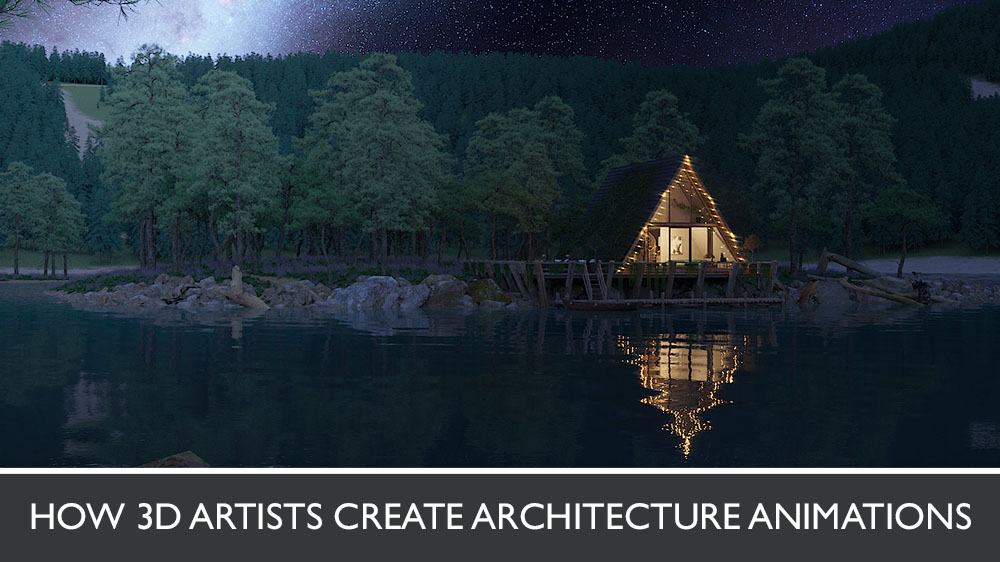
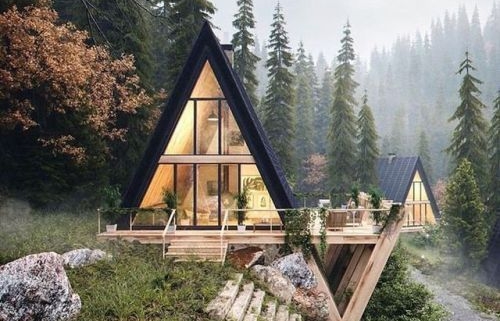
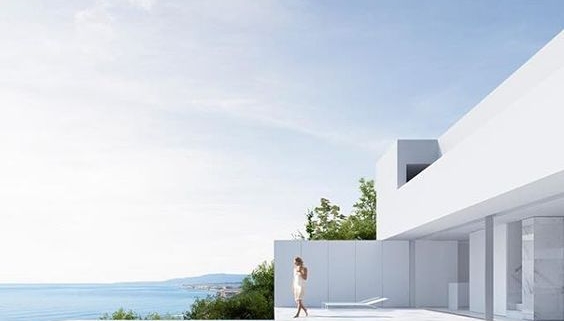

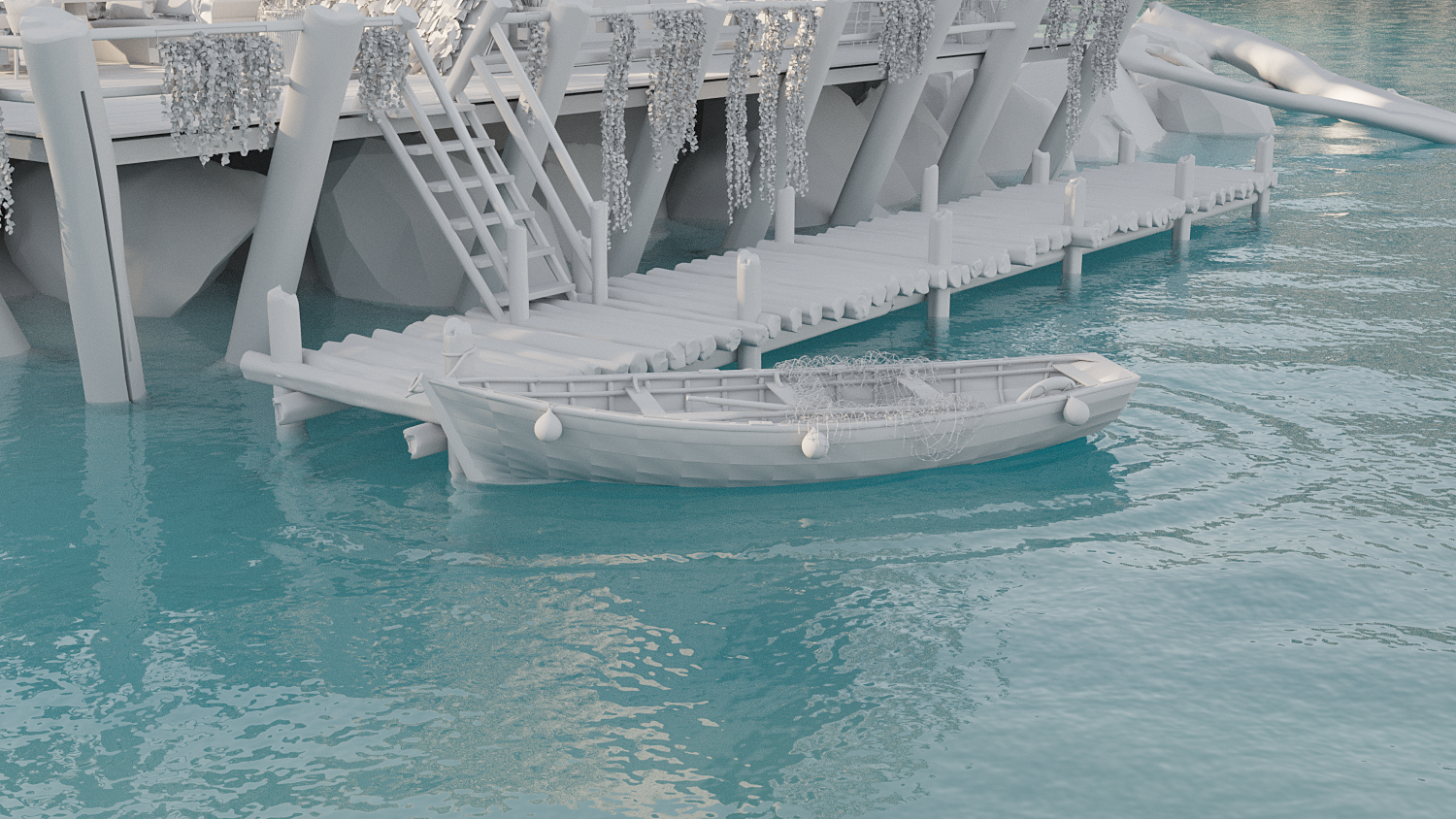


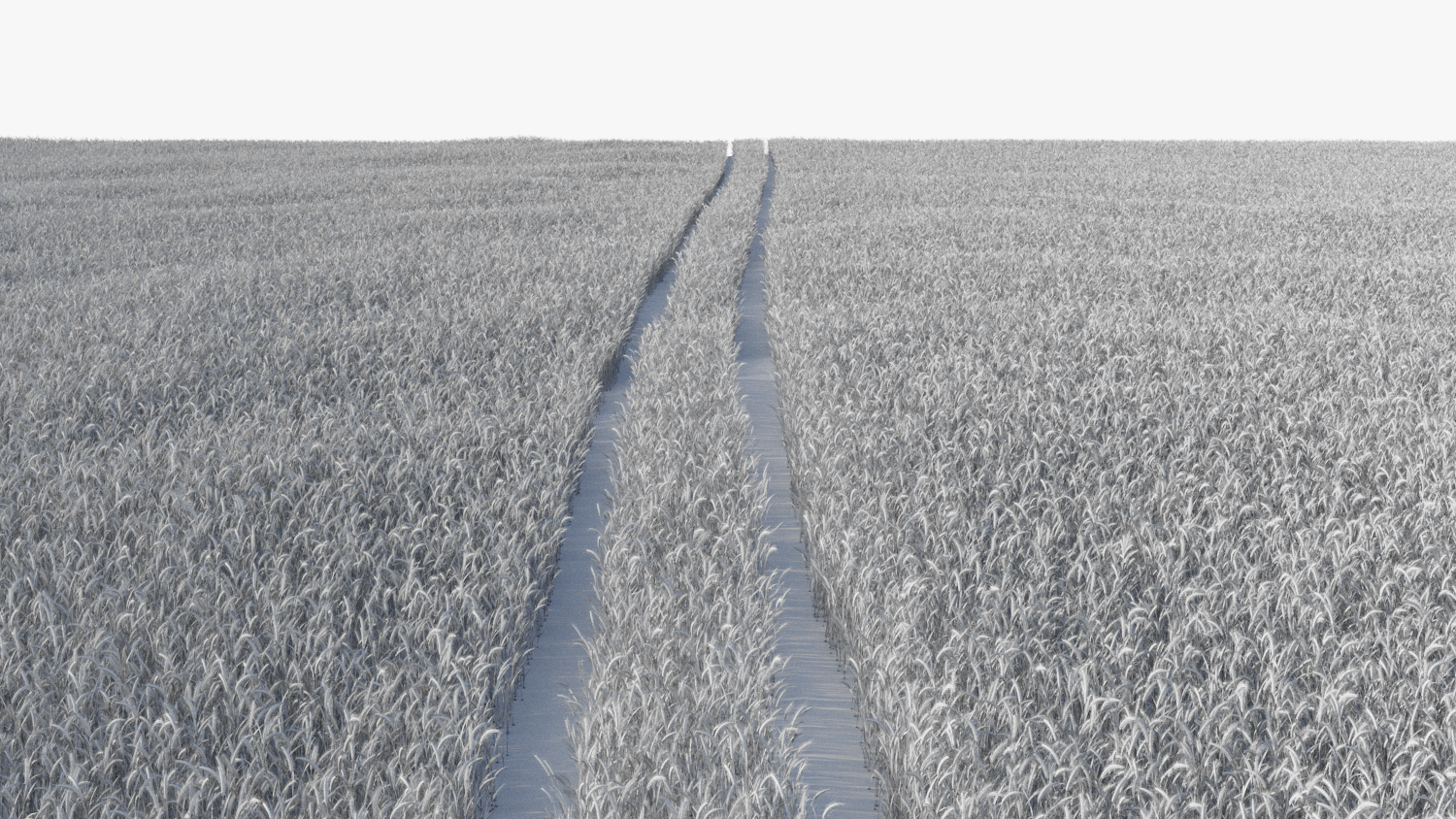



Leave a Reply
Want to join the discussion?Feel free to contribute!